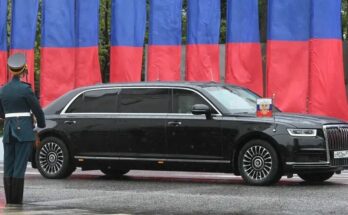Russian auto sales are on track to finish 2022 at 660,000 units, a 60% decline from 1.7 million in 2021 and the worst result in the industry’s modern history, according to Association of European Businesses data.
Production plummeted this year when most foreign automakers halted their Russian operations, either in direct response to the country’s February invasion of Ukraine or to comply with sanctions enacted because of the conflict.
Related: Russia Planning for More Self-Sufficient Auto Industry
To make up for the deficit, imports of Chinese vehicles are being increased, and Russia has signed an agreement to import $300 million worth of vehicles from Iran.
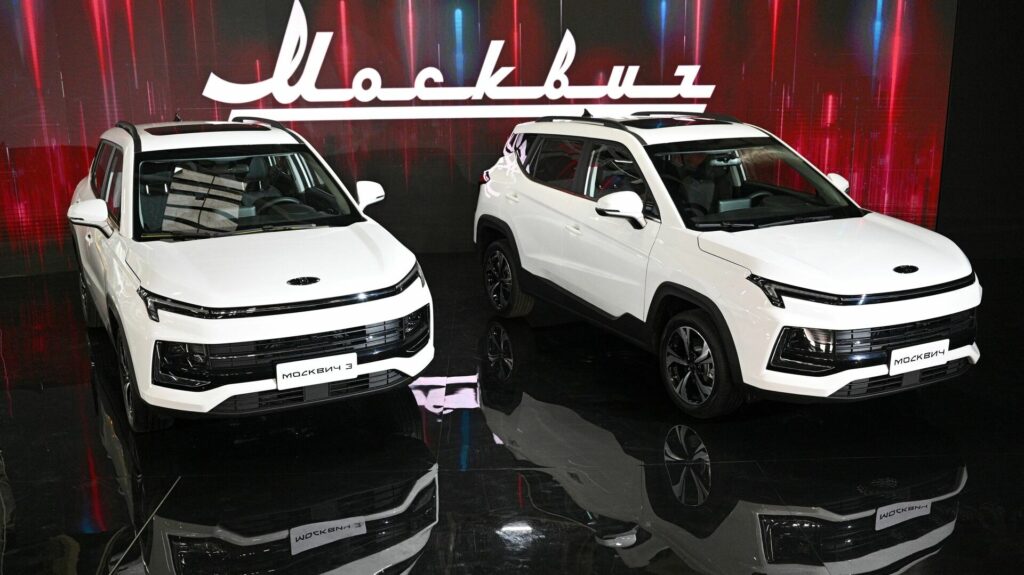
Efforts also are underway to shore up local production. For example, truck maker Kamaz has begun producing the Moskvich 3 – a CUV based on a design by Chinese automaker JAC – from semi-knocked-down kits at the former Renault Russia plant near Moscow.
Related: AvtoVAZ to Build Cars at Nissan Plant in Russia
According to Wards Intelligence data, domestic manufacturer AvtoVAZ’s flagship Lada was the best-selling automotive brand in Russia from January through November with more than 164,000 deliveries, more than the next three top sellers – Kia, Hyundai and Volkswagen – combined.
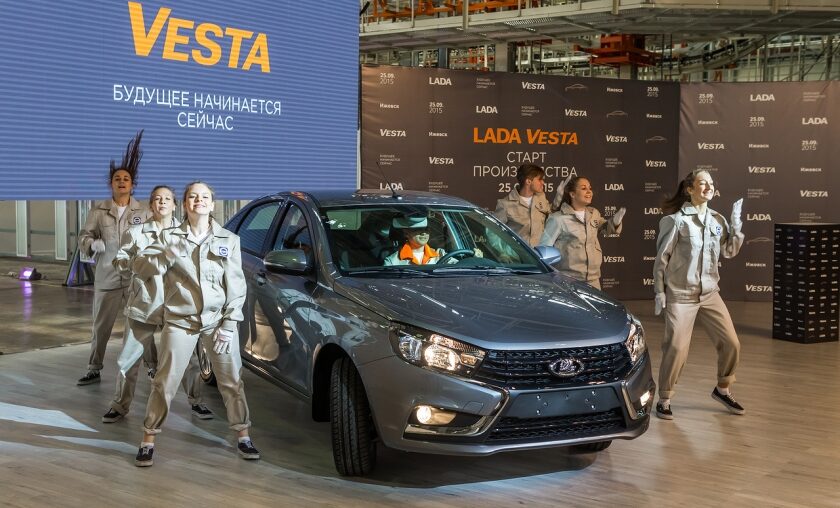
AvtoVAZ plans to take advantage of the current situation in Russia in the absence of most global automakers. Company President Maxim Sokolov has predicted the market will see 800,000 sales in 2023, with AvtoVAZ producing 400,000 units. Besides taking a more than 50% share of the market, AvtoVAZ is looking at the possibility of exporting vehicles, major destinations being former Soviet states including Kazakhstan and Belarus as well as African countries.
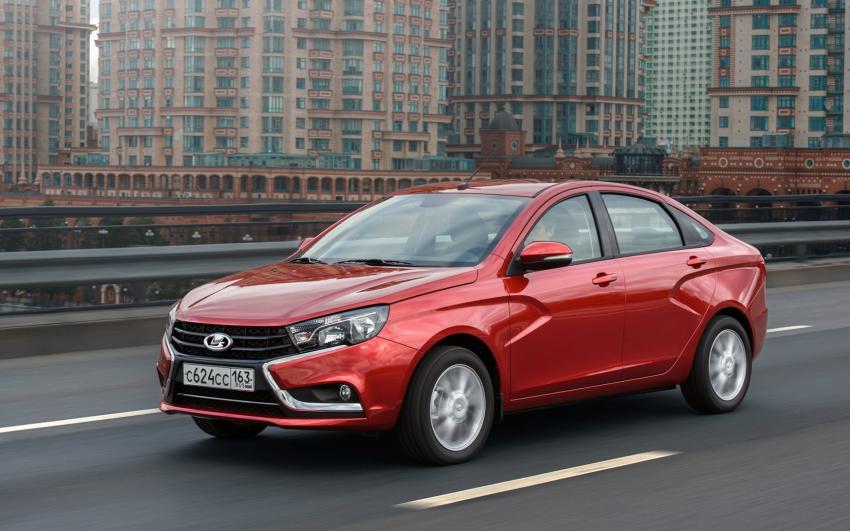
Russian automakers also are considering partnerships with Chinese companies using facilities abandoned by Western manufacturers. One example is Avtotor, which was previously involved in the assembly of BMW cars. The Kaliningrad-based automaker plans to launch production of at least 3 new brands by the end of the year, hoping to achieve total output of 70,000 units in 2023.
Related: Chinese Grab Russian Car Market Share After Western Rivals Exit
According to the Vedomosti business journal, Avtotor’s potential partners could include Chinese automaker BAIC. A deal with BAIC could lead to production of the Beijing U5 Plus sedan, a model comparable in size to the Hyundai Elantra. The second stage of the project could see production of BAIC SUVs.
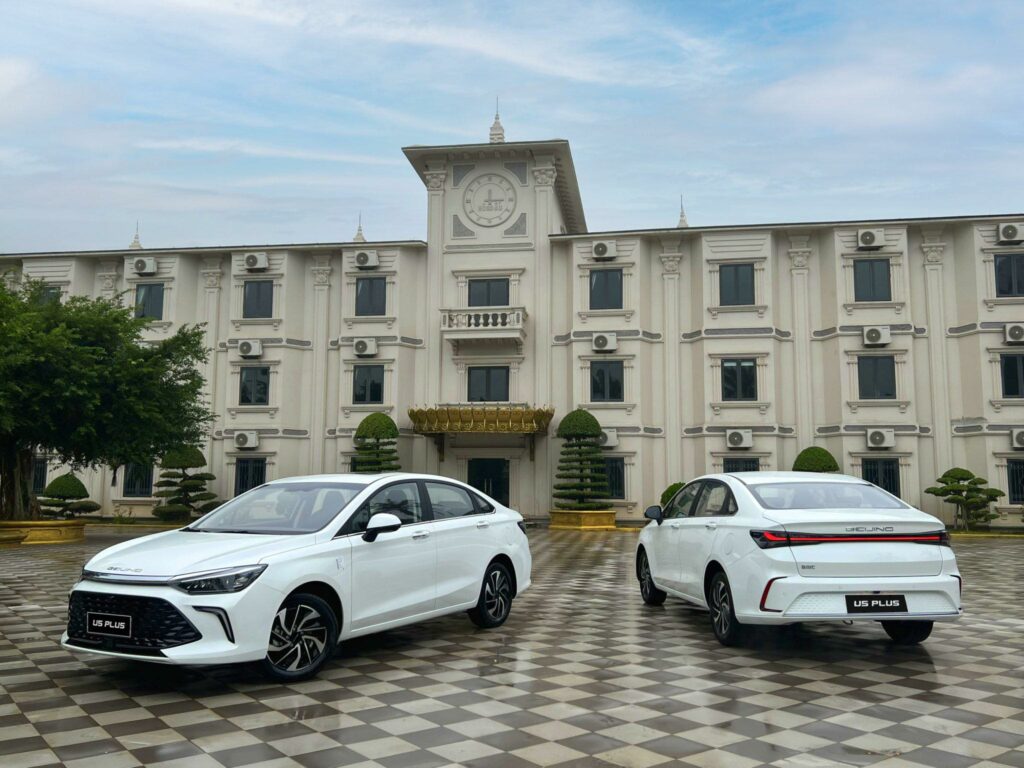
Avtotor also plans to produce its own electric car and still has hopes for the return of some of its previous partners to Russia, given that initial production volumes of Chinese vehicles would not be large, allowing for the quick retooling of its production lines.
Source: Wards Auto

A computer animation professional with over 23 years of industry experience having served in leading organizations, TV channels & production facilities in Pakistan. An avid car enthusiast and petrolhead with an affection to deliver quality content to help shape opinions. Formerly written for PakWheels as well as major publications including Dawn. Founder of CarSpiritPK.com



